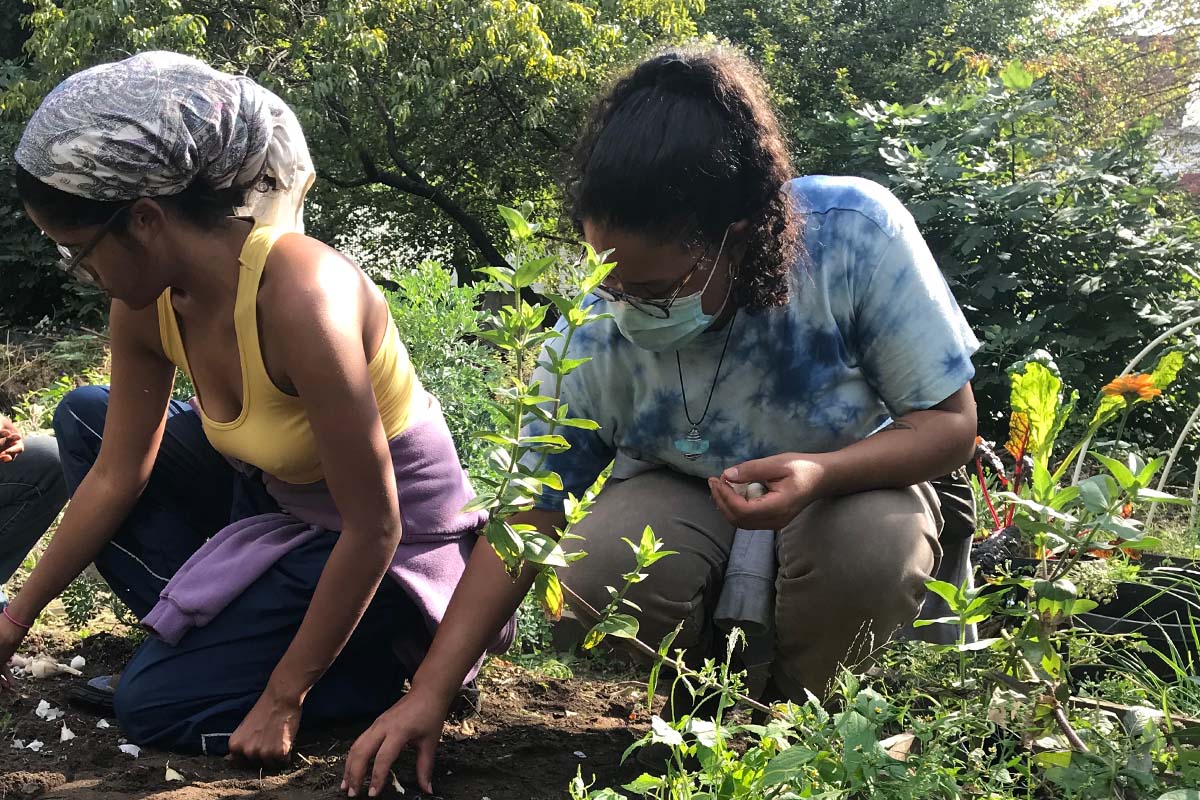NPQ is all about understanding the real dynamics of the nonprofit sector. Because sometimes the best-laid plans . . . well, you know the rest.
This week we started to cover what has been occurring in Girl Scout Councils around the country since that network’s big push for consolidation. We are not coming at the topic without deep background—in fact, we covered it in an extensive article by Lissette Rodriguez in 2007, while the consolidation, which was to reduce the number of councils nationwide from more than 300 to 112, was in progress. In that article we detailed all of the reasons for the reorganization. The reasons seemed rational, but many things sound rational and still have unanticipated consequences. So we concluded the article with a set of questions: “Has the Girl Scouts chosen the right set of answers? Was it concentrated on the most significant questions? Will the results yield a stronger and more effective organization in the service of girls, or will the very strengths that have distinguished the organization be inadvertently sacrificed? We will have to wait and see where these changes take the Girl Scouts, other federated organizations, and the rest of us.”
Among the strengths we saw as distinguishing the organization was the existence of many nodes of local leadership. So when stories began emerging about the pitched battles over whether or not to sell the camps that the council had accumulated over the years, we paid attention. Battles were not occurring in just one location—there seemed to be a pattern. Statements made by some of the volunteers and parents were disturbing, so we wrote a short newswire about the situation a few days ago and have had an onslaught of readers, some of whom added their own perspective to the mix.
“Our Council, the Girl Scouts of North Central Alabama, voted last May, at a secret meeting held just two weeks after new Board members took office, to close 4 of our 6 camps, a direct reversal of the recommendations made by a professional property consultant and completely ignoring the facts surrounding the budgetary issues of the camps in question.
Sign up for our free newsletters
Subscribe to NPQ's newsletters to have our top stories delivered directly to your inbox.
By signing up, you agree to our privacy policy and terms of use, and to receive messages from NPQ and our partners.
Since that time, supporters of our 88 year old camp, Camp Gertrude Coleman, have formed an organization, Friends of Camp Coleman, demanded documents and information from our Council, then filed a Discovery Motion when our requests were refused.”
“GSUSA are now lobbying Congress for a do-over with their pension plan – but there will be no do-over with these camps. I am lobbying to save ALL of the Girl Scout land across the USA. Once the land is gone – it’s gone. Who will keep donating to buy more?”
So for NPQ, this story about divisions in the Girl Scouts does not come out of nowhere. It evolved from a strategy that was to have made an organization more effective and responsive—a strategy to consolidate a federated organization—and in that regard it is one of many such consolidations that have occurred over the past decade. It is also a story about constituent activism and organizational response to constituent activism.
Understanding cause and effect as this story unfolds will be valuable to others, so we will continue to follow it but we need your help. If you have a related story about the Girl Scouts, or another consolidation, please help us with your observations. Try to be even-handed, and give us background, because we will be following this one for a while.











